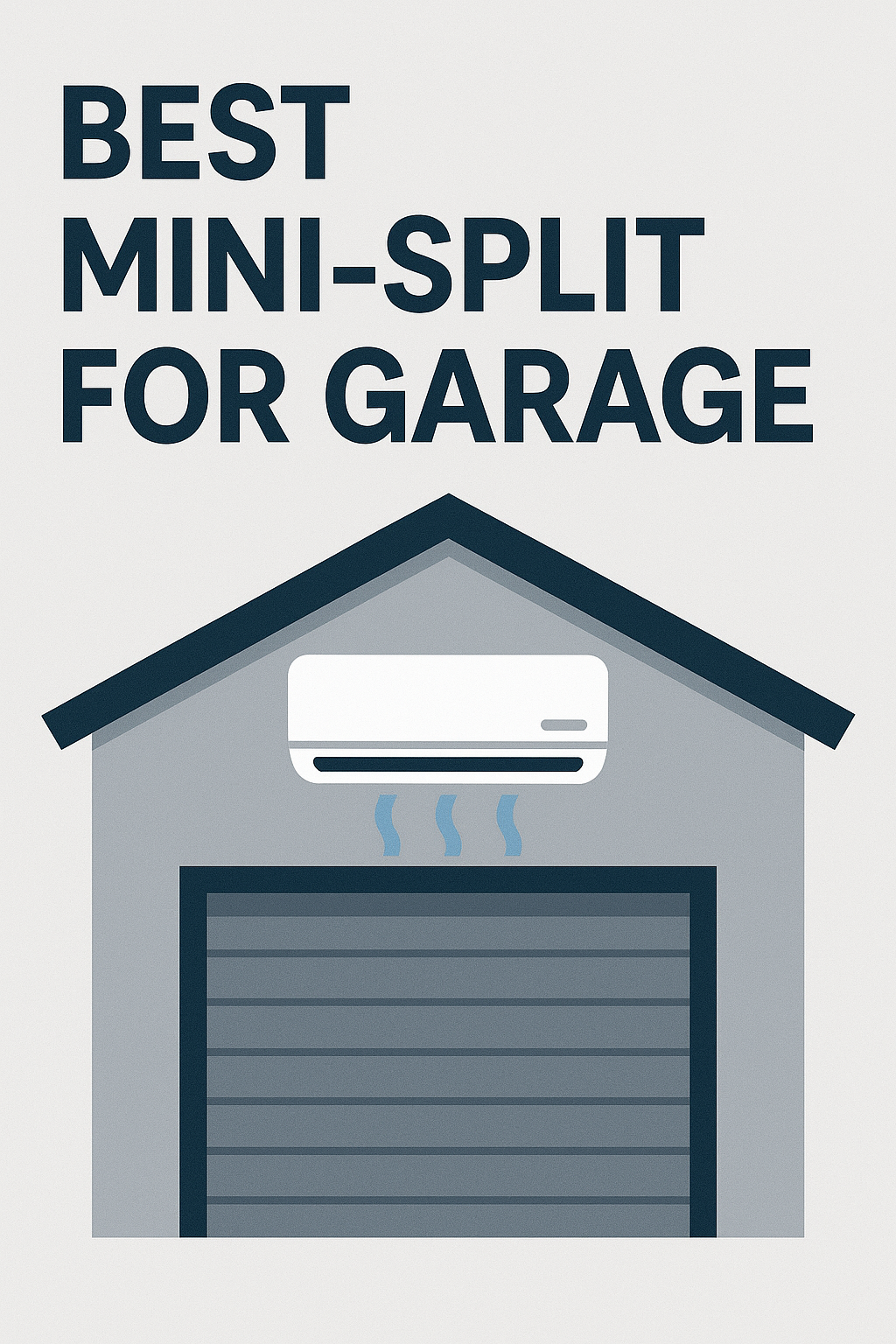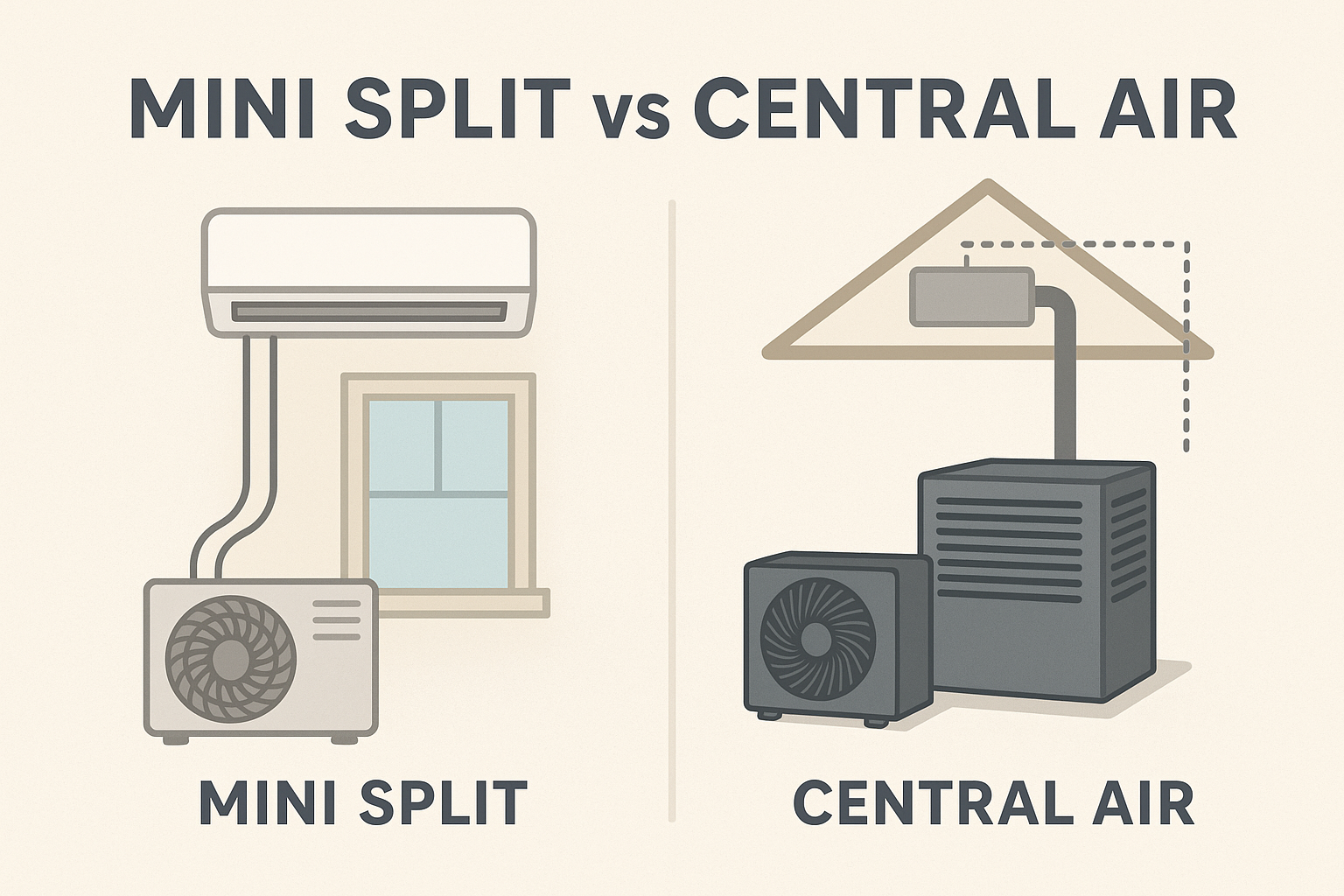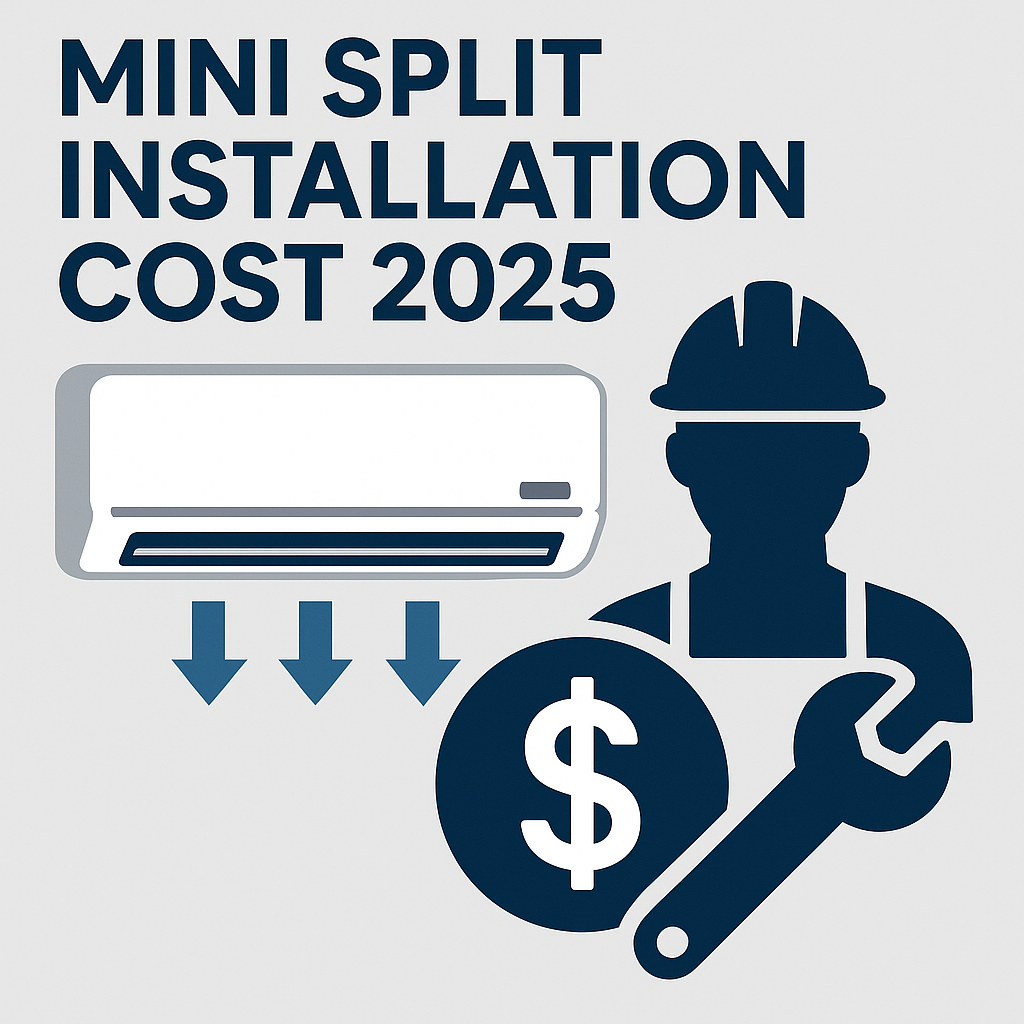Dave had avoided his woodworking shop for three months every summer. By July, his uninsulated Arizona garage hit 115°F by noon, making it physically dangerous to work with power tools. Winters weren't much better—his fingers went numb after twenty minutes, forcing him to abandon half-finished projects until spring. He'd priced out extending his home's central air to the detached garage: $7,200 for ductwork installation alone. When a fellow woodworker mentioned installing a mini-split for $2,400 total, Dave was skeptical. Could a simple wall-mounted unit really handle a poorly-insulated metal building in Phoenix? Six months later, he's working comfortably year-round, his monthly electricity bill increased by just $45, and the system paid for itself in increased productivity and project completion rates within the first year.
Garages and workshops present unique HVAC challenges that traditional systems struggle to address economically. Most detached buildings lack ductwork, insulation barely meets code (if it exists at all), and you're only conditioning the space intermittently rather than 24/7. Running ductwork from your home's central system costs $3,000-$8,000 and wastes energy heating or cooling unoccupied space constantly. Mini-split systems solve these problems perfectly—they require no ductwork, handle poorly insulated spaces efficiently, provide independent temperature control so you only pay to condition the space when you're using it, and deliver both heating and cooling from a single system. This guide covers everything you need to choose, size, and install the perfect mini-split for your garage, workshop, pole barn, or hobby space.
Why Mini-Splits Excel for Garages
No Duct Work Required Most garages aren't connected to your home's HVAC system. Running ductwork to a detached garage costs $3,000-$8,000. Mini-splits need only a small hole through the wall.
Efficient in Uninsulated Spaces Garages often have minimal insulation. Mini-splits can handle these challenging conditions better than trying to condition the space from your central system.
Independent Temperature Control Heat or cool your workspace only when you're using it, without affecting your home's comfort or energy bills.
Heating AND Cooling Heat pump mini-splits provide both functions in one system, perfect for year-round workshop use.
Sizing Your Garage Mini-Split
Basic Sizing Formula:
- Well-insulated garage: 25-30 BTU per square foot
- Average insulation: 30-35 BTU per square foot
- Poor/no insulation: 35-45 BTU per square foot
Common Garage Sizes:
- 200 sq ft (1-car): 9,000-12,000 BTU
- 400 sq ft (2-car): 12,000-18,000 BTU
- 600 sq ft (3-car): 18,000-24,000 BTU
- 800+ sq ft (workshop): 24,000-36,000 BTU
Add Extra Capacity If:
- Ceiling height over 9 feet
- Large windows or glass door
- Concrete floor (holds cold)
- Frequently open doors
- High heat-generating equipment
Installation Considerations
Indoor Unit Placement:
- Mount high on wall (7-8 feet) for best air circulation
- Away from where you park vehicles
- Not directly above workbenches
- Consider air flow patterns
Outdoor Unit Location:
- Protected from vehicle damage
- Level mounting surface
- Away from prevailing winds if possible
- Accessible for maintenance
Electrical Requirements:
- 9K-12K units: Standard 115V outlet
- 18K+ units: 208-230V dedicated circuit
- Consider hiring electrician for 230V installation
Best Features for Garage Use
Auto-Restart Power outages are common in garages. Auto-restart returns to previous settings when power returns.
Wide Operating Range Look for units rated to operate in extreme temperatures:
- Heating: Down to -13°F or lower
- Cooling: Up to 130°F outdoor temp
Durable Construction Garages can be dusty and dirty. Choose units with:
- Washable filters (easy maintenance)
- Corrosion-resistant coatings
- Robust construction
Remote Control Adjust temperature without leaving your project. WiFi models let you pre-heat/cool before heading out.
Insulation Recommendations
Even a basic mini-split works better with some insulation:
Minimum Improvements:
- Weather-strip garage door: $50-$100
- Insulate garage door: $200-$400
- Seal major air leaks: $50-$150
Better Performance:
- R-13 wall insulation: $1-$2 per sq ft
- R-30 ceiling insulation: $1.50-$2.50 per sq ft
ROI Calculation: Adding $500-$1,000 in insulation can reduce required BTU capacity by 25-30%, saving $300-$800 on the mini-split plus 20-40% on operating costs annually.
Operating Costs
Monthly Electricity (400 sq ft garage, 8 hours/day):
Uninsulated with 18K BTU:
- Summer cooling: $45-$65
- Winter heating: $75-$110
Insulated with 12K BTU:
- Summer cooling: $25-$35
- Winter heating: $40-$60
Annual savings with insulation: $360-$600
Recommended Systems
Zone 12K BTU System:
- Coverage: 300-600 sq ft (with insulation)
- Voltage: 115V (standard outlet)
- SEER2: 24 (excellent efficiency)
- Heating range: -13°F to 75°F
- Perfect for: Insulated 2-car garages
Zone 18K BTU System:
- Coverage: 500-850 sq ft
- Handles: Uninsulated spaces better
- Cold climate rated
- Perfect for: 2-3 car garages, workshops
Common Mistakes to Avoid
Undersizing Garages need more BTU capacity than equivalent indoor space. Don't use standard 20 BTU/sq ft calculations.
Poor Indoor Unit Placement Mounting too low wastes efficiency. Heat rises, cool air falls—work with physics.
Ignoring Insulation A $500 insulation investment can save $500+ on the mini-split and hundreds annually on electricity.
Wrong Voltage Selection Verify your garage has the right electrical service before ordering. Adding 230V circuit costs $300-$600.
DIY Installation Tips
Can You Install Yourself? Yes! Zone DIY Series systems with pre-charged linesets are DIY-friendly.
Time Required:
- With electrical: 6-10 hours
- Adding electrical circuit: +3-6 hours
Savings: Professional installation: $1,500-$2,500 DIY installation: $200-$400 in materials
When to Hire Help:
- Need 230V circuit added
- Mounting on metal building
- Running through concrete walls
Year-Round Workshop Comfort
Winter Workshop Use:
- Pre-heat 30 minutes before use
- Close garage door to retain heat
- Consider small electric heater for spot heating at workbench
Summer Cooling:
- Pre-cool garage
- Use fans for air circulation
- Park hot vehicles and wait 10 minutes before turning on cooling
Maintenance for Garage Environments
Garages are dustier than living spaces:
Monthly:
- Clean/wash indoor unit filters
- Check for sawdust buildup
Quarterly:
- Vacuum around indoor unit
- Check outdoor unit for debris
- Clean outdoor coil if dusty
Annually:
- Professional service recommended
- Check refrigerant levels
- Deep clean both units
Real-World Examples
Bob's Auto Shop (600 sq ft, uninsulated):
- Installed: 18K BTU Zone system
- Use: 4-5 hours daily
- Monthly cost: $55 (vs $140 with electric heater)
- Payback: 14 months
Sarah's Woodshop (400 sq ft, insulated):
- Installed: 12K BTU Zone system
- Added R-13 walls, R-30 ceiling
- Monthly cost: $35
- Year-round comfort at $420/year
Frequently Asked Questions
What size mini-split do I need for a 2-car garage?
A typical 400 square foot 2-car garage needs 12,000-18,000 BTU depending on insulation quality. Well-insulated garages can use 12K BTU systems, while uninsulated garages need 15K-18K BTU for adequate heating and cooling. Factor in your climate, ceiling height, and how often you open the garage door when sizing.
Can a mini-split heat an uninsulated garage in winter?
Yes, modern heat pump mini-splits can heat uninsulated garages effectively in most climates. Look for cold-climate rated systems that operate down to -13°F outdoor temperature. You'll need higher BTU capacity (35-45 BTU per square foot) compared to insulated spaces. Zone's cold-climate systems maintain full heating capacity in freezing conditions and work efficiently in uninsulated buildings.
How much does it cost to run a mini-split in a garage?
Running a mini-split in a 400 square foot garage costs $25-$65 monthly depending on insulation, usage hours, and climate. An insulated garage with an efficient 12K BTU system costs $25-$35 monthly for 8 hours daily use. Uninsulated garages with 18K BTU systems run $45-$65 monthly. This beats electric space heaters by 50-70% and propane heaters by 40-60%.
Is 115V or 230V better for garage mini-splits?
115V systems (9K-12K BTU) work on standard outlets, making them perfect for basic garage installations without electrical upgrades. 230V systems (15K+ BTU) require dedicated circuits but provide more power for larger or uninsulated garages. If your garage already has 230V service, go with the larger system. Otherwise, 115V systems offer easier, cheaper installation for most home workshops.
Do I need permits to install a mini-split in my garage?
Permit requirements vary by location. Many jurisdictions don't require permits for DIY mini-split installations in detached garages, while others require building permits ($50-$200) and electrical permits if you're adding new circuits. Check with your local building department before starting. Most areas are more lenient with garage/workshop installations than primary living spaces.
Bottom Line
Best mini-split for your garage depends on:
- Size: Match BTU to square footage + insulation
- Use: Daily use justifies larger investment
- Climate: Cold climate? Get heat pump rated to -13°F
- Budget: DIY install saves $1,500-$2,500
A properly sized mini-split transforms your garage from a seasonal space to a year-round workshop for $2,000-$4,000 total investment.
Ready to heat and cool your garage? Check our sizing calculator or browse mini-split systems.





